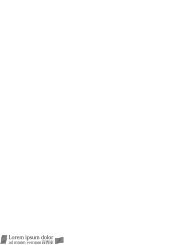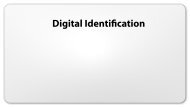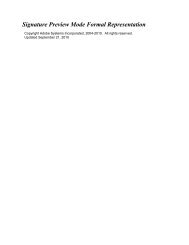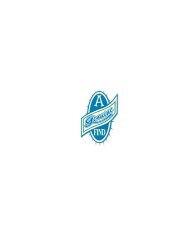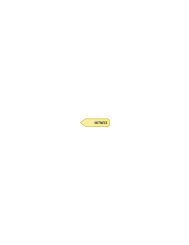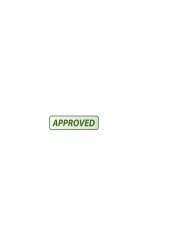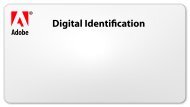85jct_catalan
Create successful ePaper yourself
Turn your PDF publications into a flip-book with our unique Google optimized e-Paper software.
q-CATALAN NUMBERS 261<br />
(i) The sum of the areas of the polygons in Pn + 1 is exactly 4” ‘.<br />
(ii) (Conjecture) These polygons may be put together to a square of<br />
side 2”- I.<br />
ACKNOWLEDGMENT<br />
Several discussions with Professors R. Askey, J. Cigler. 1. Gessel, P. Kirschenhofer, Ch.<br />
Krattenthaler, and H. Prodinger led to improvements of this paper. We thank them for their<br />
references, suggestions, and helpful advice.<br />
REFERENCES<br />
1. G. E. ANDREWS, Identities in combinatorics II: A q-analog of the Lagrange inversion<br />
theorem, Proc. Amer. Math. Sot. 53 (1975), 24C-245.<br />
2. G. E. ANDREWS, “The Theory of Partitions.” Encyclopedia of Mathematics and its<br />
Applications, Vol. 2, Addison-Wesley, Reading, Mass., 1976.<br />
3. L. CARLITZ, Sequences, paths, ballot numbers, Fibonacci Quart. 10 (1972), 531-549.<br />
4. L. CARLITZ AND J. RIORDAN, Two element lattice permutation numbers and their<br />
q-generalization, Duke J. Math. 31 (1964), 371-388.<br />
5. L. CARLITZ AND R. SCOVILLE, A note on weighted sequences, Fibonacci Quart. 13 (1975).<br />
303-306.<br />
6. L. COMTET, “Advanced combinatorics,” Reidel, Boston, 1974.<br />
7. W. FELLER, “An Introduction to Probability Theory and its Applications.” Vol. 1. Wiley.<br />
New York, 1966.<br />
8. A. M. GARSIA, A q-analogue of the Lagrange inversion formula. Houston J. Moth. 7<br />
(1981), 205-237.<br />
9. A. M. GARSIA AND S. A. JONI, Composition sequences, Comm. Algchra 8 (1980).<br />
1195-1266.<br />
10. I. GESSEL, A noncommutative generalization and a q-analog of the Lagrange inversion formula,<br />
Trans. Amer. Math. Sot. 257 (1980), 455482.<br />
11. 1. GESSEL, A q-analog of the exponential formula, Discrete Mafh. 40 (1982), 69-80.<br />
12. I. GESSEL AND D. STANTON, Applications of q-Lagrange inversion to basic hypergeometric<br />
series, Trans. Amer. M&h. Sot. 277 (1983), 173-201.<br />
13. H. W. GOULD, “Research Bibliography of Two Special Number Sequences,” Morgantown.<br />
W. Va. 1971.<br />
14. J. HOFBAUER. “Lagrange- Inversion,” Publication de I.R.M.A. 191/S-05, Strasbourg, 1982.<br />
15. D. E. KNUTH, “The Art of Computer Programming: Fundamental Algorithms”. Vol. 1.<br />
Addison-Wesley, Reading, Mass., 1968.<br />
16. C. KRATTENTHALER, “q-Lagrangeformel und inverse Relationen,” Dissertation, Umv. of<br />
Vienna, 1983.<br />
17. C. KKATTENTHALEK, A new q-Lagrange formula and some applications, hoc. /imer. Mnth.<br />
Sot. 90 (1984), 338-344.<br />
18. J. LEVINE, Note on the number of pairs of non-intersecting routes, Scripla Marh. 24<br />
(1959). 335-338.<br />
19. P. A. MACMAHON, “Combinatory Analysis,” 2 vol., Cambridge LJniv. Press, London,<br />
1915-1916. Reprinted, Chelsea, New York, 1960.<br />
20. P. A. MACMAHON, “Collected Papers: Combinatorics,” Vol. I, MIT Press, Cambridge.<br />
Mass.. 1978.


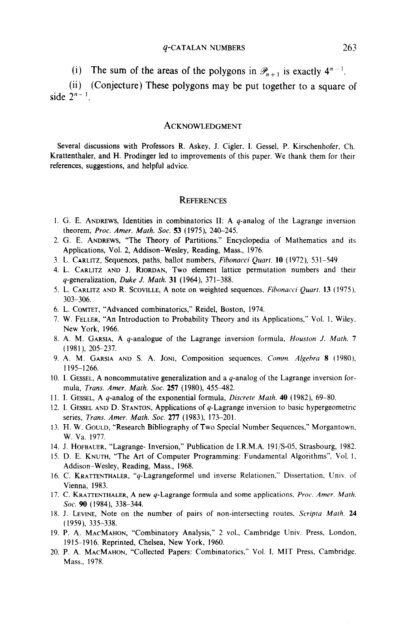

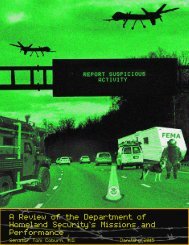

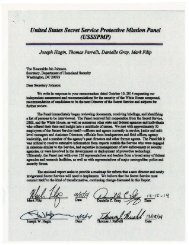
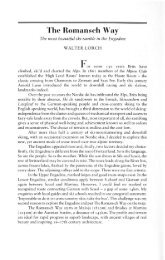
![55721335-d6fe09eb5ffdcc87dbf6c3f0b5bbda07d2261e98[1]](https://img.yumpu.com/56533583/1/186x260/55721335-d6fe09eb5ffdcc87dbf6c3f0b5bbda07d2261e981.jpg?quality=85)

